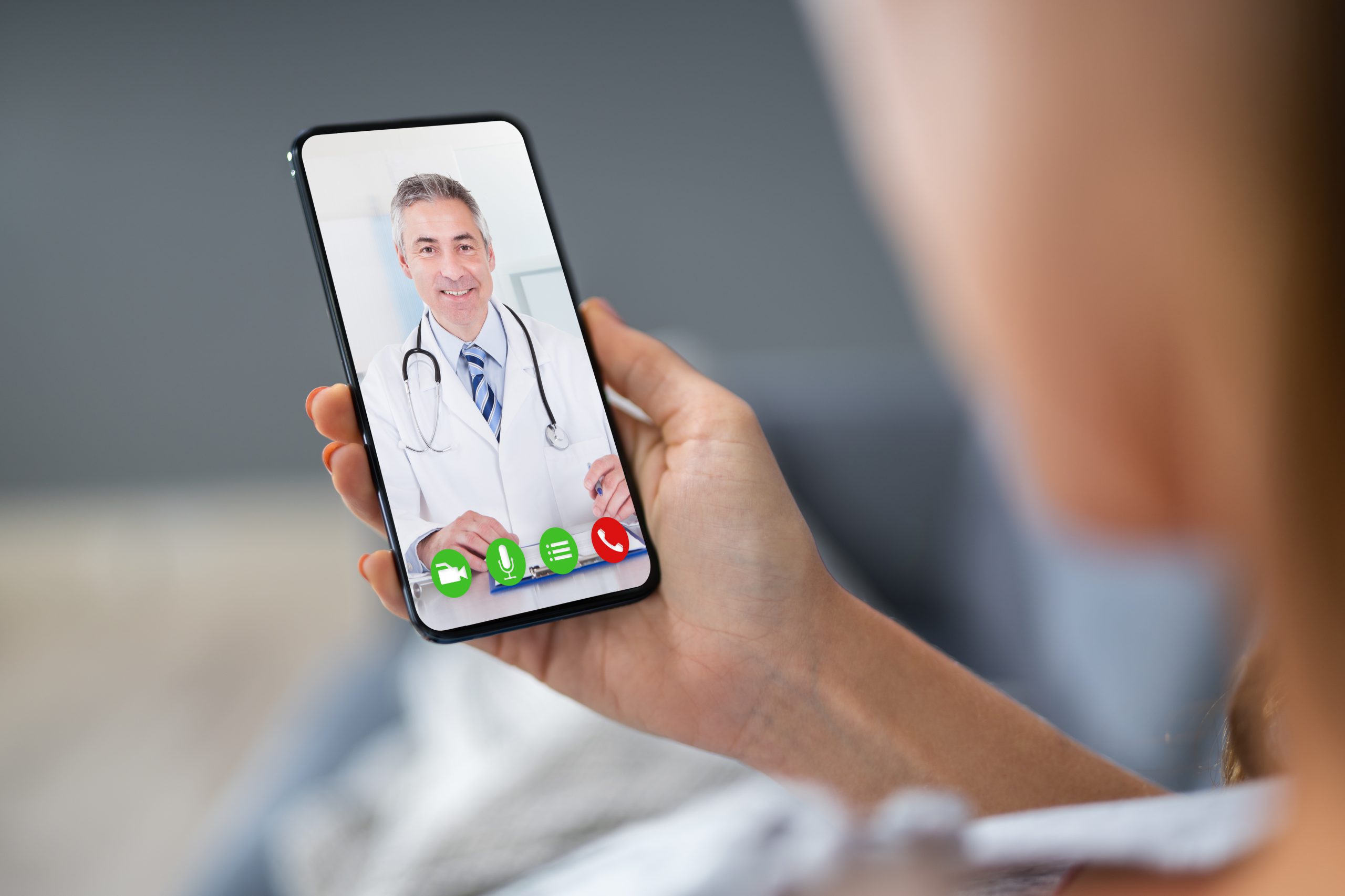8 Tips for Working Securely Online
When you take your first job as a primary care physician in telehealth, patient confidentiality is likely to be a major concern. Not only must you maintain confidentiality of individual patients, but your internet connection also runs the risk of being hacked and resulting in a data breach.
Indeed, while telehealth services offer many advantages for patients, hospitals, and healthcare professionals, the risk of a costly and reputation-damaging data breach is very real. Research has found that a data breach in the healthcare industry costs an average of a staggering $15 million.
So, how do you ensure patient confidentiality and data security when you are visiting your patients virtually? Here are our top tips.
1. Understand Your Employer’s Rules
As a primary care physician, you’ll be provided with a set of rules and guidelines for when you are conducting virtual appointments and providing advice via telehealth strategies. Any induction training you receive should also include this.
Make sure you complete the training and read all the rules. If there are any that you don’t understand or if you are not sure how they would work in practice, it is critical that you ask for further clarification. Once you sign off on the training provided, it will be expected that you put all good working practices into practice.
2. Make Sure Your Telehealth Tools are HIPAA Compliant
Video tools like Zoom are incredibly useful. They have certainly helped people to work during the coronavirus pandemic. However, while it is possible to speak to a patient over a Zoom connection, some versions of readily available video resources are not HIPAA compliant.
Before you connect with a patient, make certain that the version of video software you are using is compliant and can access electronic health records.
3. Use Preconfigured Devices
If you are working from home, the risk of breaching privacy and data law is multiplied if you are connecting to patients from your own device. Therefore, you should use a preconfigured device supplied to you by the healthcare provider. This will also help should you need IT support, because the provider’s IT staff will be able to access your device remotely.
4. Use a VPN to Connect
If you are working from home or another location away from the healthcare provider’s office, you should always connect via a VPN. This reduces the risk of attack when you connect via cloud providers, as well as mitigating the risk of cyberattack and computer viruses.
5. Keep Your Door Closed
Just as you would when conducting a patient appointment in your physician’s office, keep your office door closed when working from home or another location. You don’t want your partner or children disturbing an appointment, and you don’t want other people able to eavesdrop at your door.
6. Store Data Securely
Never store patient information directly to your computer. Your employer’s system should enable saving to a remote and secure location – make sure you use this and never bypass or save a copy yourself. The provider’s system should offer the highest level of data encryption and digital security, and you are likely to be in breach of your employer’s rules if you do not use it in accordance with their policies.
7. Disconnect Your Printer!
Even though you will have access to your patient’s notes online, it can be tempting to print them off and work from a hard copy. These can be easily mislaid or lost. They may be stolen. If you must use printed or written notes, transfer all data collected to the provider’s online database and shred the paper copy.
8. Use the Provider’s IT Capability
As a primary care physician, you probably aren’t an IT wizard. It is always advisable to request an IT health check from your provider’s IT department if they do not offer it as standard. Ask for your VPN, servers, and encryption-enabled tech to be tested and made secure.
You’ll be confident that your system is safe, and your patients can be confident that their confidentiality and medical records are in good hands.
And finally…
Before you visit a patient virtually, you should ensure that they are happy to be consulted online. You should ensure that visiting rules are followed. For example, some states and insurance companies require a first visit to be made in-person.
Additionally, always consider what technology the patient is using, and ensure that you obtain permission to visit virtually before you do so.
If you follow these eight tips, you are far less likely to break patient confidentiality or suffer a data breach. And this will help you to consult with patients more effectively as you reap the benefits of the advantages of telehealth.
To learn about the latest opportunities as a primary care physician in telehealth, contact Telehealthgigs today.







